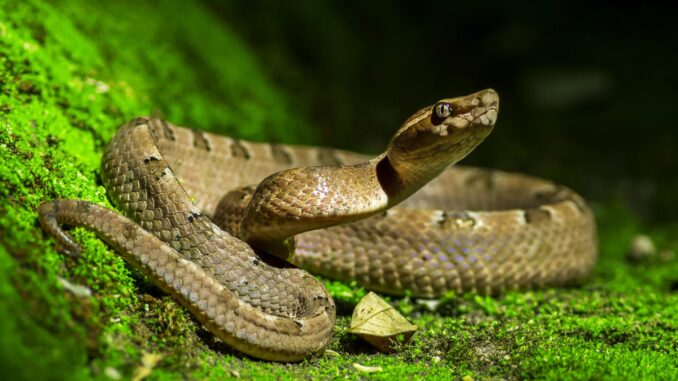
[ad_1]
A recent study has highlighted a concerning effect of Global warming: the migration of venomous snakes into new regions, posing increased risks to human populations. Published in the journal Lancet Planetary Health, the research predicts significant shifts in the habitats of venomous snakes by 2070 due to Climate change, affecting countries primarily in Asia and Africa.
According to the study, nations like Nepal, Niger, Namibia, China, and Myanmar are expected to see an influx of venomous species. These regions, along with low-income countries in South and Southeast Asia and parts of Africa, are particularly vulnerable to snakebites, which can lead to death or severe disability.
Researchers analyzed the geographical distribution of 209 venomous snake species to forecast where these animals might find suitable climates in the future. Findings suggest that while some snakes will lose habitat due to the degradation of tropical and subtropical ecosystems, others like the West African gaboon viper might see habitat increases of up to 250%. Similarly, the habitat for the European asp and the horned viper could more than double.
However, the study also notes potential habitat losses for species such as the variable bush viper and the hognosed pit viper, with more than 70% of their current ranges at risk. This shift is exacerbated by agricultural expansion, which destroys and fragments the natural environments snakes rely on, though some species adapt well to agricultural landscapes.
The implications of these shifts are significant, with venomous snakes potentially increasing human encounters and bites as they move into populated areas. The World Health Organization has flagged snakebite envenomation as a critical neglected tropical disease, with an estimated 1.8 to 2.7 million people bitten each year, leading to up to 138,000 deaths.
The study underscores the urgent need for preparedness and adaptation strategies in vulnerable regions to mitigate the risks posed by these climate-induced migrations of venomous snakes. As habitats and human landscapes converge, understanding and managing this human-animal-environment conflict becomes crucial for safety and public health.
This article by Nicholas Vincent was first published by One Green Planet on 7 May 2024. Image Credit :Worraket/Shutterstock.
What you can do
Choose a one-time, monthly or annual donation to help save wildlife .
[ad_2]
Source link

Leave a Reply